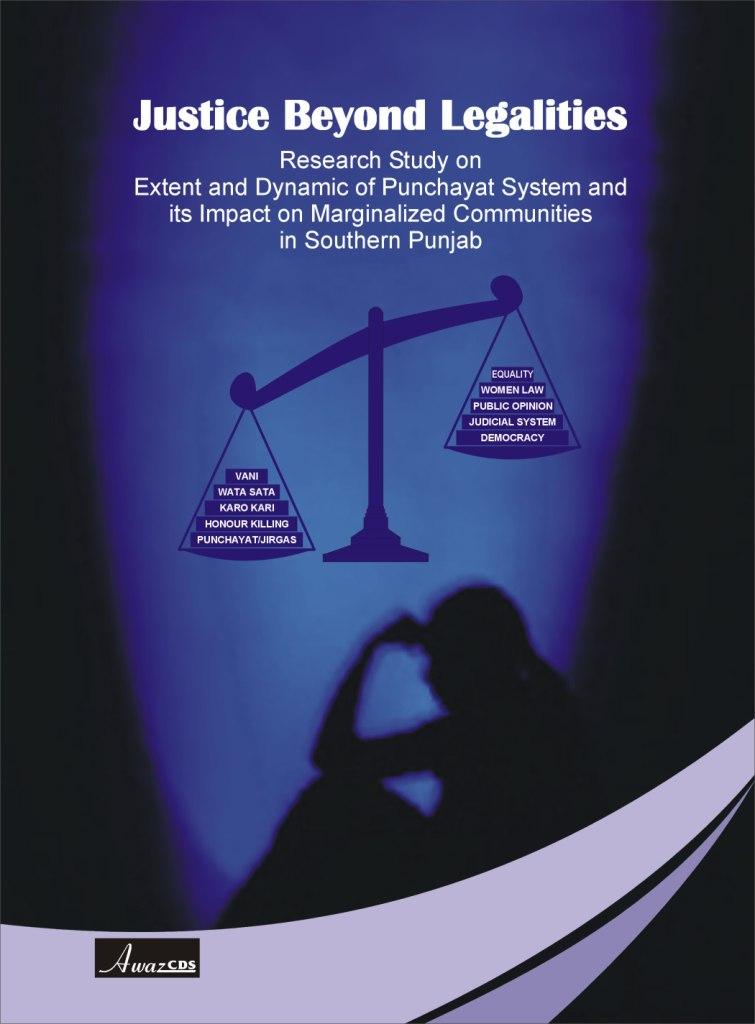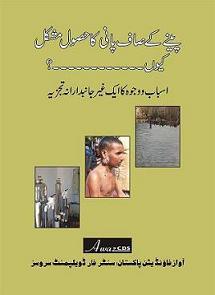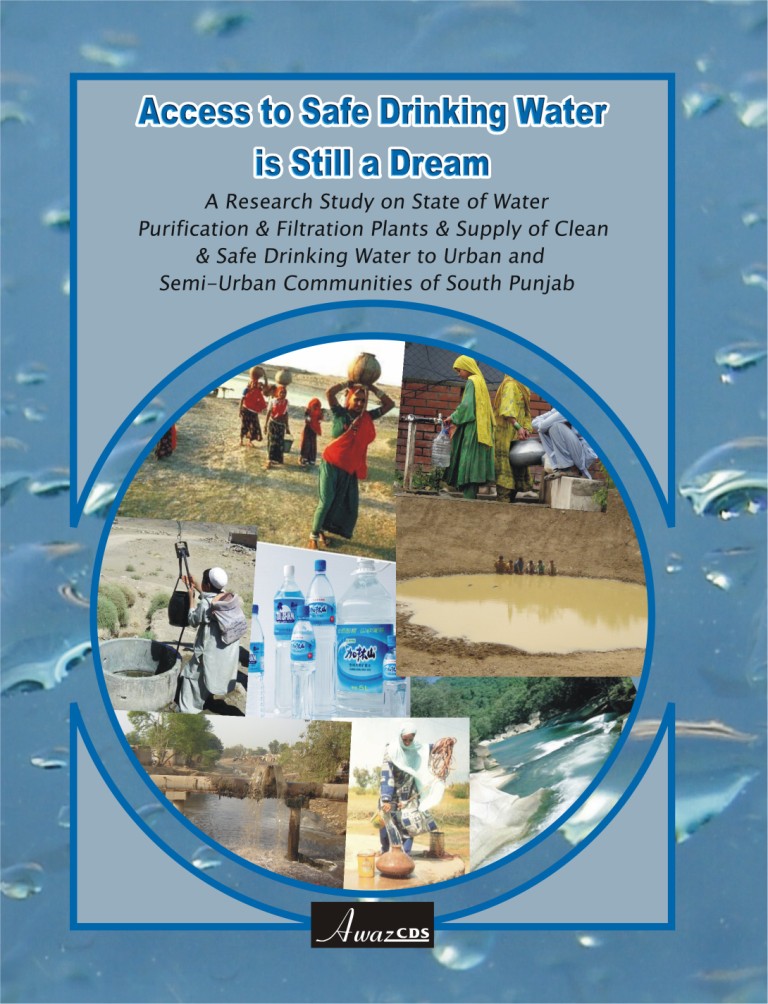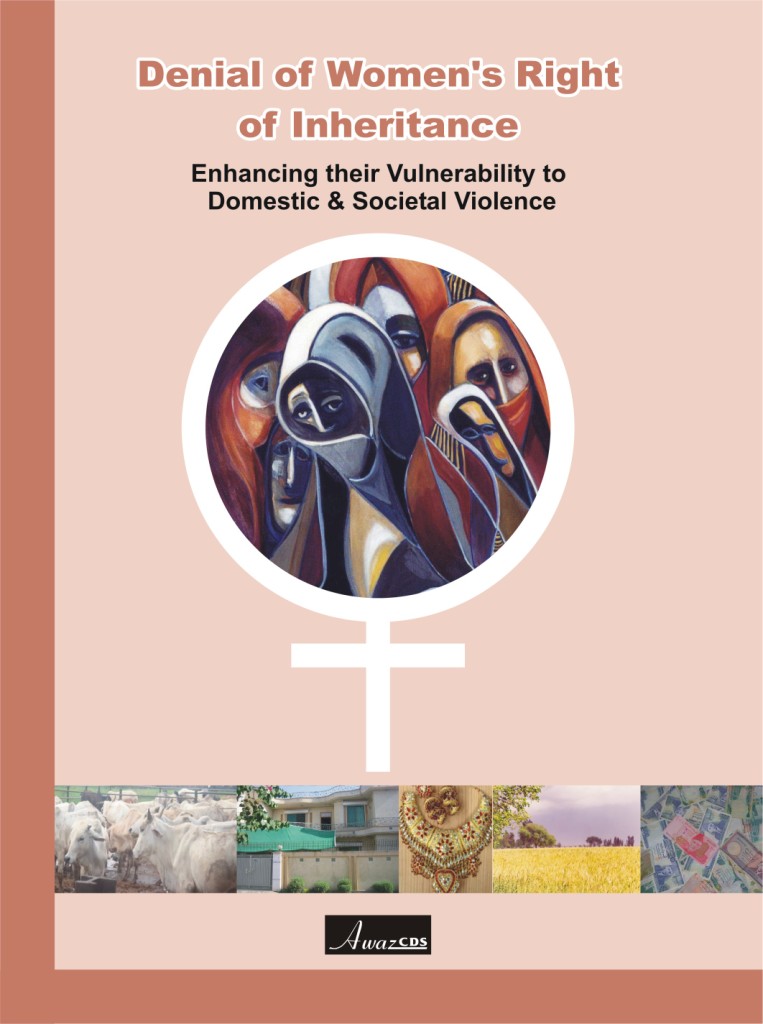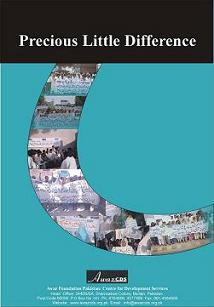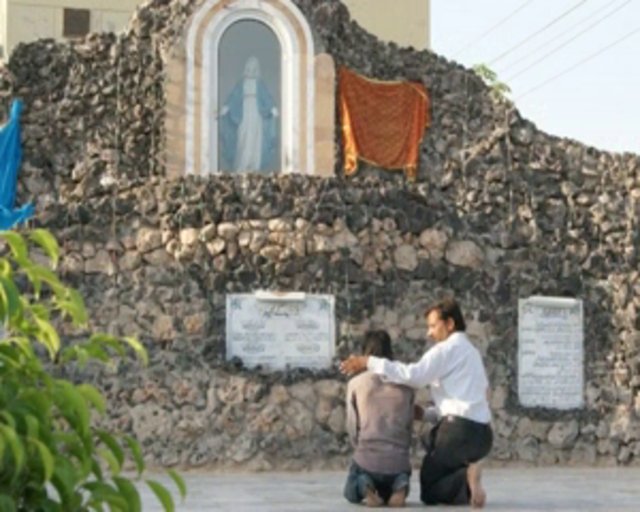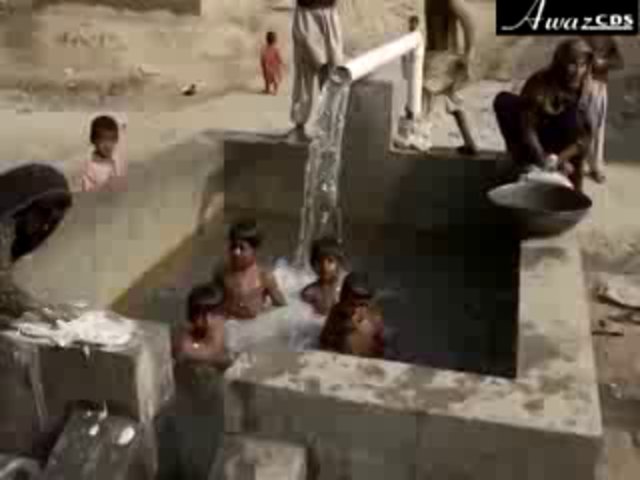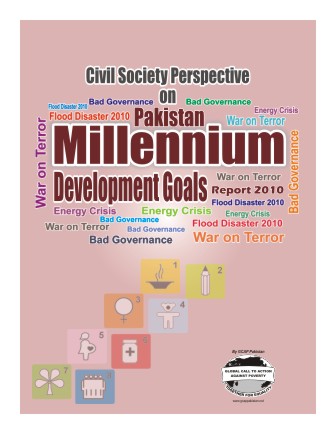Research Study on Extent and Dynamic of Punchayat System and its Impact on Marginalized Communities in Southern Punjab
People in rural communities of Pakistan experience a locally available, non-formal way of justice system, which is called Punchayat / Jirga. It is considered as economical source of acquiring justice. There is no membership criterion for joining it as a Sir punch’ or a part of decision making body. In most of the cases, the influenced people of a village consider themselves responsible for providing justice to the community. The overall objective of this study was to know about extent and dynamics of this system and people’s perception about it. This research study is an initiative of Policy Research and Advocacy Programme of AWAZCDS Pakistan. The Foundation conducted this empirical Study by taking samples from ten (10) districts of south Punjab. The quantitative data gained from questionnaires was further scrutinized and rechecked through qualitative information gathered through Focus Group Discussions (FGDs). Later on, in-depth interviews were carried out to further confirm the qualitative facts. The analysis shows that total 3 % males and 4 % female respondents consider Punchayat as very useful system of acquiring justice, where as 54 % males and 65 % females have an opinion that the system itself is fine, but, there is need to bring reforms to make it more human friendly.
